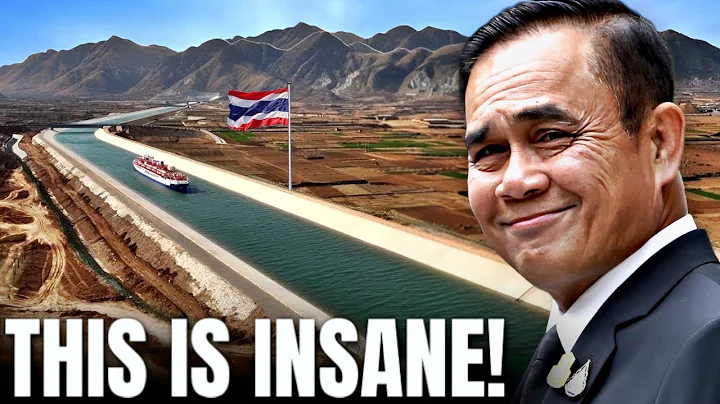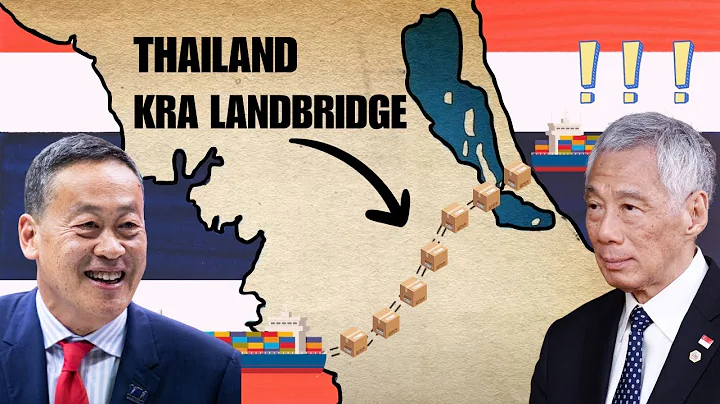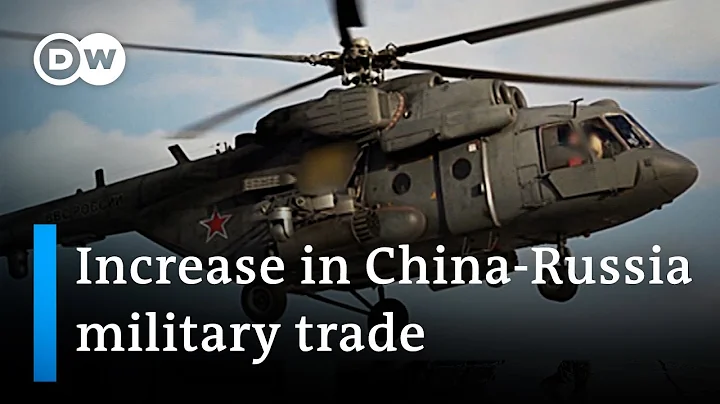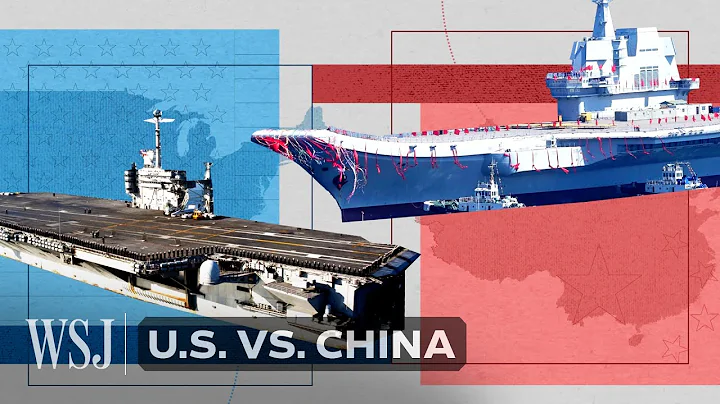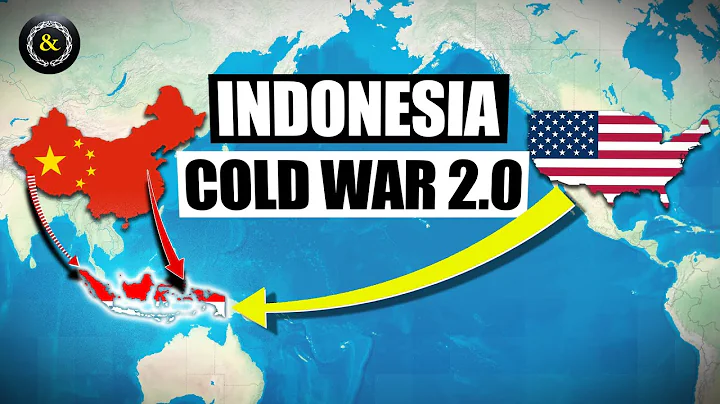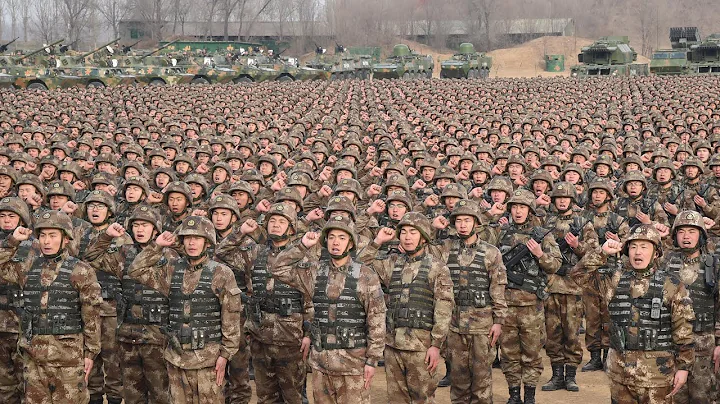
The Kraat Isthmus is located in the middle of the Malay Peninsula, with the Andaman Sea on the left and the Gulf of Thailand on the right. The Isthmus is only 56 kilometers wide at its narrowest point and 150 kilometers at its widest. If a shipping line is dug here, Channel, then passing ships can pass through the South China Sea, pass through the Gulf of Thailand, and then pass through the canal, enter the Andaman Sea, and exit the Indian Ocean. There is no need to go around the Malacca Strait , and the voyage is shortened by at least 1,100 kilometers. If it is a 100,000-ton oil tanker, It can save 2 to 3 days in time and save 300,000 US dollars in freight. Since the benefits are so obvious, then Thailand has never done this and collected money just like and in Egypt?

Influenced by the strong collision of the Indian Plate with the Eurasian Plate, the Indochina Peninsula, one of the three major peninsulas in southern Asia, has a terrain characterized by alternating mountains and rivers distributed in a vertical line. Several large rivers rush out from these north-south mountains. From west to east, there are the Irrawaddy River, Salween River, Chao Phraya River, Mekong River and Red River. In the downstream of these rivers, The alluvial plains formed vast and fertile plains, and the countries in Indochina were established on these alluvial plains. The core of Myanmar's is in the Irrawaddy River, and the core of Vietnam's is in the Red River (after capturing the core area of Cambodia's ).

Although the plain is rich, it is not dangerous. Therefore, after Thailand stabilized the Chao Phraya River Basin, it gradually extended its influence to the Mekong River Basin in the northeast (i.e., the Korat Plateau) and the northern part of the Malay Peninsula (i.e., part of the Kra Isthmus). Of course, if Thailand can think of it, Myanmar can also think of it. The two countries launched a protracted war around the commanding heights.
Throughout the mid-18th century, the Burmese were suppressing the Siamese (Thais). The offensive route was to go around the northern part of the Kra Isthmus and use it as a springboard to fight south. Siam also launched a counterattack and expanded its territory to the eastern part of the Kra Isthmus, the South China Sea and the Gulf of Thailand coast. Neither of the two countries surrendered to the other, and neither could defeat the other. The situation of balance did not change until the invasion of the British Empire.

The first to fall was Myanmar, which borders the Indian subcontinent . Through three Anglo-Burmese Wars (1824-1826, 1852, and 1885), the British Empire used powerful ships to defeat Burma, and gradually surrendered to the feet of British India (1858-1947). With the invasion of Southeast Asia (Indochina) by the British and French colonial forces, Thailand gradually separated from the East Asia-Central Asia tribute system with China as the core.
Thailand can become the only country in Asia that has not been colonized except Japan, mainly due to King Chulalongkorn of the Bangkok Dynasty (ie Rama V, 1853 ~ 1910). The King of Thailand took the initiative to learn from the West and implement modernization reforms. At that time, the southern part of the Gulf of Siam was controlled by a Muslim sultanate called "Pattani". After a complex political game, Thailand and the British signed the "British-Siam Treaty of Bangkok" in 1909, dividing the land of Pattani. Thailand got 60% of the Pattani Sultanate and the British got 40% ( Malay The human settlement areas are Kedah, Perlis, Kelantan and Terengganu). Secondly, the two major powers, Britain and France, hope that Thailand will be sandwiched in the middle and serve as a buffer zone for major powers.
Did Thailand narrowly escape colonization? No, it's speculation. In the early days of World War II , Thailand participated in the Berlin-Tokyo-Rome axis concluded by Japan, Germany and Italy at the end of 1941, declared war on Britain and the United States, and relied on the Japanese army to seize the Shan State Plateau eastern part of British Burma and British Malaya (1824 ~1941) parts of the north. When the Japanese invaders were happy, they assigned part of the land in southern Myanmar and part of northern Malaysia to Thailand with a wave of their hands.
When the anti-fascist alliance counterattacked the Axis powers in 1945 and won successive victories, Thailand quickly turned its guns, declared the war against Britain and the United States invalid, and returned the territory captured from 1941 to 1945 to the United Kingdom. Thailand's southwest border once again It has been restored to the state it was in when the Anglo-Siam Treaty of Bangkok was signed in 1909.
In 1858, the United Kingdom took the lead in making a request to dig the isthmus, and received approval from King Rama I of Thailand. Although the Isthmus of Kra is narrow, it is mostly mountainous and the coasts on both sides are bedrock structures. It was difficult to implement due to the mechanical conditions at the time. Even if it could be dug through, the cost would be far greater than the benefits, so the British gave up. During the reign of almost every subsequent king, the issue of the Kra Isthmus Canal would be put on the agenda.
The French are much more realistic than the British. At that time, Britain controlled the Strait of Malacca and could cut off the connection between France and the colonies in Indochina at any time. In order to get rid of British control, the French wanted to "help" Thailand dig through the Kra Isthmus. The British used some tricks to prevent France from obtaining the right to dig, thus disrupting this plan.
Thailand’s concerns about digging the Kra Isthmus
Thailand certainly has the will to dig the Kra Isthmus, but it also has many concerns. At present, although Thailand is the country with the best economy on the Indochina Peninsula, its economic strength and technical level are not enough to dig a 120-kilometer-long canal on the 56-kilometer-wide isthmus (there are currently 10 canal plans designed, all of which have the same length. at 60-120 kilometers). It is estimated that it will cost US$30 billion to dig this canal, which is enough to build a standard-gauge railway network covering the entire country of Thailand (this is not a small amount).
Near the Kra Isthmus is the famous tourist resort Phuket . If the Isthmus of Kra is excavated, it will inevitably affect the offshore coral reefs and marine ecology. This will be a fatal blow to the tourism industry and will directly affect the fiscal revenue of the Thai government. It is still unknown whether the revenue brought by the Krasin Canal can make up for the losses in tourism.
For the port to prosper, Thailand not only needs to dig a canal, but also needs a large number of supporting facilities, such as refueling, repair and living auxiliary facilities for ships, as well as complete land transportation facilities, as well as supporting facilities such as finance, customs and warehousing. wait. Thailand, which has to consider even the money to dig a canal, has to be cautious about the safety and cost of investment and financing.
Thailand is a Buddhist country. Among the thirteen provinces in the south, Yala , Pattani and Narathiwat are bordered by Perlis, Kedah and Kelantan . These three prefectures are dominated by Muslims who believe in Islam. It is related to national unity and national stability. Although a 400-meter-wide canal is not a natural chasm and some bridges can be built on it to connect transportation, it is not good to really turn the Malay Peninsula into a Malay island where Muslims live. Managed.


China’s attitude towards the excavation of the Kra Isthmus
The so-called “Malacca Dilemma” of China is nothing more than that when a war breaks out between China and the United States, the United States can block the Strait of Malacca and suppress China. Not to mention that China and the United States have not yet reached the point where they must go to war. From a tactical perspective, it is useless even if China controls the Kra Isthmus and even the Strait of Malacca. The Suez Canal and the Mediterranean Sea will also be subject to military threats. . China-Pakistan Economic Corridor is a "strong medicine" targeted at Malacca, bypassing Malacca and the US military.
The navigable tonnage of the Malacca Strait is 280,000 tons. If it is too large, it will need to bypass the Sunda Strait and Lombok Strait . Assuming that the Kra Canal is dug, with a water depth of 20 meters and a width of 500 meters (no locks are required), it can be navigable for 250,000 tons of ships. It is obvious that the New Krat Canal diverts part of the business in the Strait of Malacca. The new canal can indeed bring a large number of jobs to Thailand, and busy shipping can boost the Thai economy, but it will also forever change the geopolitical map of Southeast Asia (the interests of Malaysia, Indonesia , Singapore will be damaged).

China hopes to bring ASEAN into its "embrace", but it does not want the South China Sea issue to be complicated.Indonesia is the leader of ASEAN and has a decisive influence; Malaysia is also very important in ASEAN, and the current relationship between these two countries with China is generally not bad; as for Singapore, it already has close military relations with the United States, and if you force it to have There is no upside to the downside. Therefore, China is happy to see a new canal in Thailand, but it will not forcefully promote the project with state power.
In recent years, Thailand's domestic politics have been complicated, with fierce struggles between the Red Shirt Army and the Yellow Shirt Army. The military government and the democratically elected government have come to power in turns. The policy coherence is not strong. Plans that are beneficial to Thailand such as " rice for high-speed rail " are very Difficult to advance. Thailand itself cannot afford the tens of billions of dollars in project funding to build the Kra Canal, and needs to rely on joint investment from China, Japan and other international communities. Thai citizens are not very interested in this project. According to previous opinion polls, support for the project is less than 30%. Investors are not at ease about Thailand's internal corruption and work efficiency issues.

Thai people know very well that whether the Kra Isthmus Canal exists or not will not have an impact on global trade volume. The economic and diplomatic benefits created by the Kra Isthmus Canal for Thailand were actually taken from the pot of the Malacca Strait countries. If everyone is having a hard time, there is no need to dig up the Kra Isthmus. It is better to do more than to do less.



